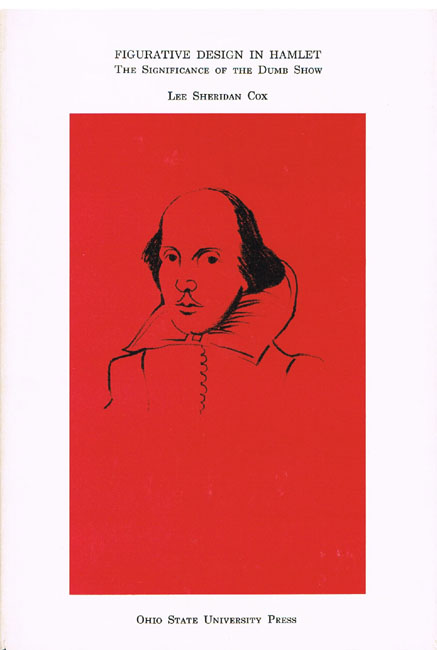Figurative Design in HamletThe Significance of the Dumb ShowLee Sheridan Cox |
 1973 Literary Criticism / European / English, Irish, Scottish, Welsh 184 pp. 6x9  $19.95 paper 978-0-8142-5316-8 Add paper to shopping cart Shopping Cart Instructions Review/Change Shopping Cart & Check-out |
|||
|
Critics have long debated the significance of the dumb show in Hamlet. There is a wide divergence of opinion on the matter of its importance: to one critic, it is “only a mechanical necessity”; to another, “the keystone to the arch of the drama.” In modern performances of Hamlet, it is frequently omitted, a decision vigorously protested by some critics as detrimental to the play scene. But the presence of the dumb show in the play scene has given rise to questions that evoke little unanimity of response even among its proponents. Why does the mime directly anticipate the subject matter of The Murder of Gonzago? Does Shakespeare preview Gonzago to provide necessary information? If not, is the dumb show then superfluous? And if superfluous, was the device forced on Shakespeare, or was it merely a politic catering to popular taste? Is the show foisted on Hamlet by the visiting players? If not, how does it serve his larger plan and purpose? What is its effect on the stage audience? Does Claudius see the pantomimic prefiguring of Gonzago? What does his silence during and immediately after the show signify? The search for answers to such questions is usually confined to the play scene. But Professor Cox maintains that the true nature and function of the show can be apprehended only through a careful consideration of its place in the total design. In this connection, she poses other questions that suggest the advisability of taking a larger view of the problem. Is Hamlet’s expression of contempt for dumb shows significant in a play that includes one? What is intended by the frequent parallels, both implicit and explicit, between the “puppets” in the court entertainment and the characters in Hamlet? Do the reiterated allusions to “dumbness” throughout Hamlet throw any light on the mute scene? In a closely reasoned and remarkably perceptive analysis, Miss Cox demonstrates conclusively that Shakespeare did indeed intend that the dumb show function as an intrinsic component of the whole figurative and structural patterns. The study offers a new approach to the workings of the play scene; but more important, the thesis puts in fresh perspective the workings of the entire drama and adds a new dimension to Hamlet criticism. Professor Cox marshals an impressive body of evidence to support the proposition that the dumb show, which occupies a Central position in the structure of the play, is also central to its meaning and that the symbolic import of the mime provides an essential clue to an understanding of the tragedy. Her arguments not only challenge cherished notions about the play and its troubled and troubling hero, but illuminate aspects of both that have long disturbed critics. And her study of the use of dramatic inset and the complex interaction of form and substance builds to a provocative interpretation, in the final chapter, of the meaning of Hamlet. Lee Sheridan Cox is an associate professor of English at the Ohio State University. | ||||

